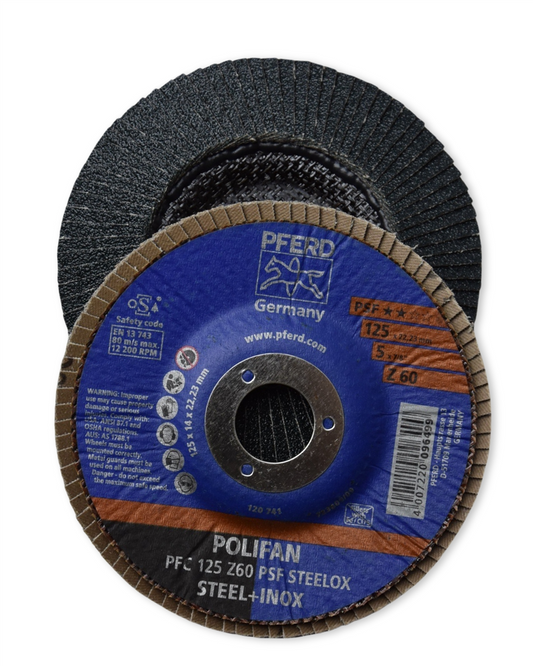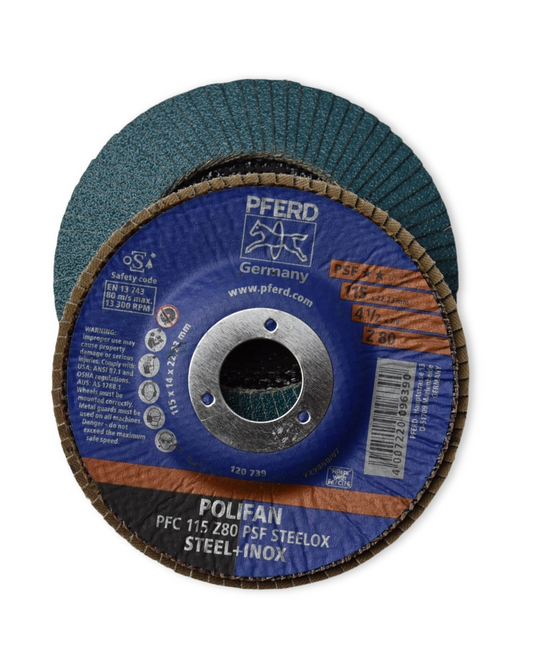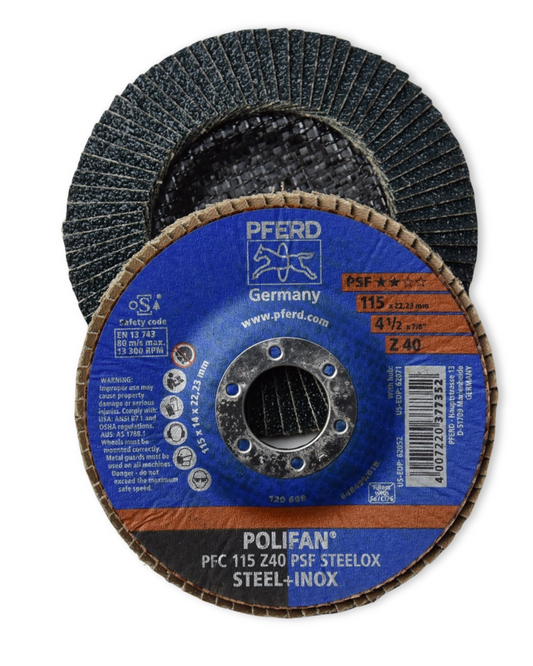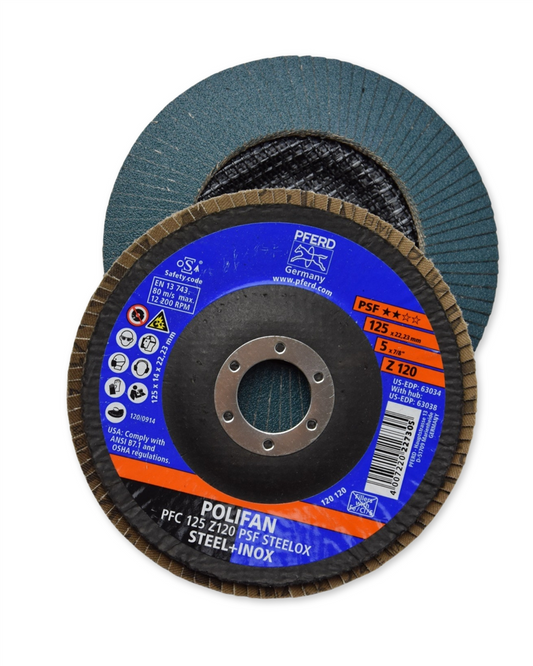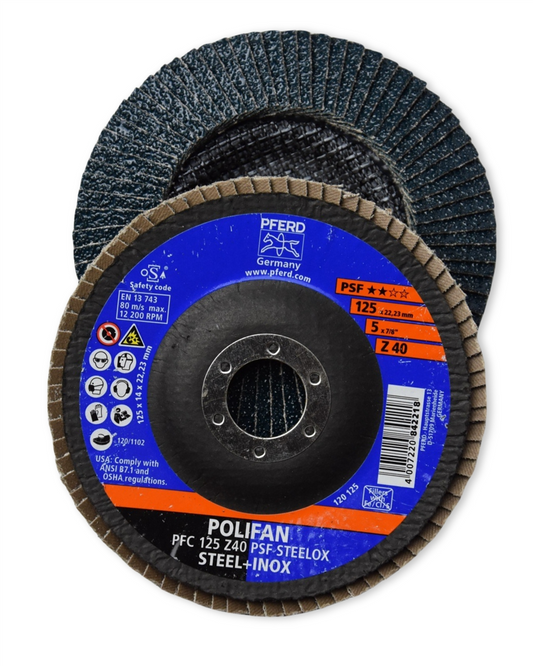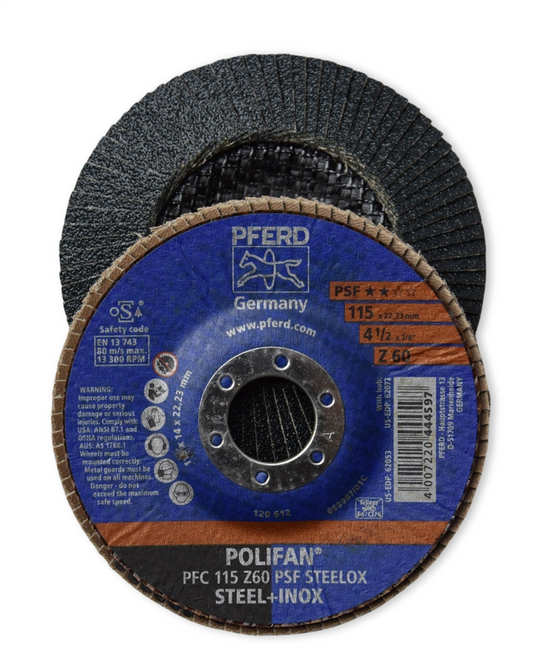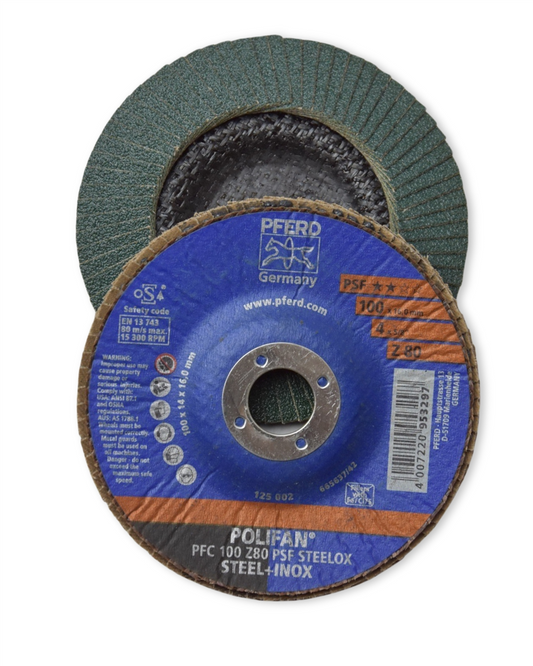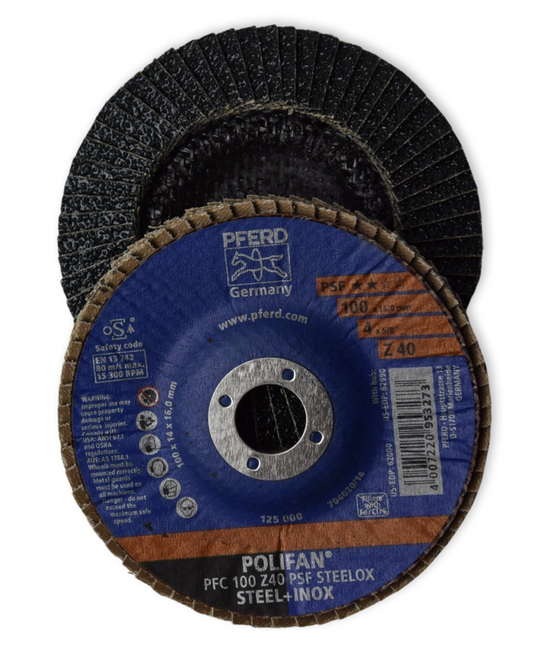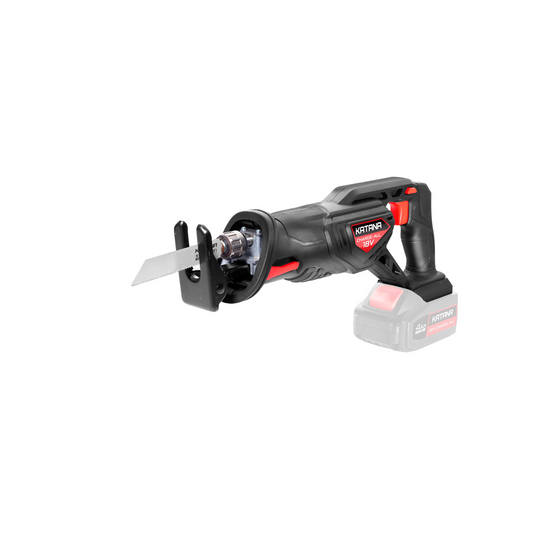Confused About Slashing? Here’s What the Pros Know That You Don’t
Share
What Seasoned Landowners Know About Slashing That Can Save You Time, Stress and Money
If you’ve recently taken on a slice of country life and found yourself staring at an overgrown paddock thinking, “Am I really meant to deal with all that?”—you’re not alone. Slashing, that noisy business of cutting back tall grass and weeds, might look simple. But like many jobs on the land, there’s more to it than meets the eye.
Whether you’ve just moved to your new acreage or you’re dipping your boots into rural property management for the first time, here’s what experienced landowners have figured out the hard way—so you don’t have to.
It’s Not Just About Looking Tidy
Slashing isn’t only for appearances. It’s actually one of your best defences against fire risk, pests, and costly regrowth problems. Long grass traps moisture, hides fallen timber and stumps, and can harbour snakes, mice, and ticks. If you’ve got livestock, overgrown areas can even impact fencing or create uneven ground from hidden animal tracks.
Keeping your paddocks trimmed is less about impressing neighbours and more about protecting your land, animals, and time. Think of it like servicing your vehicle—regular maintenance avoids big issues later.
Always Walk It First
Before you slash, always take a walk. Seriously. Hidden logs, old star pickets, fencing wire, and boggy patches are more common than you’d expect. One unexpected clunk can put your gear out of action and leave you with a repair bill.
“The best time to find a star picket is before your slasher does.” – Every seasoned landowner, ever.
A quick inspection helps you avoid surprises, gives a smoother finish, and makes the whole job easier from the start.
Consistency is Key
You don’t need fancy fertilisers or expensive treatments to keep things under control. Regular slashing, spaced throughout the season, makes a bigger difference than you’d think. Sometimes the best-looking paddocks come down to habit, not high-end equipment.
Know When to Slash
Timing matters. If you can start in spring and keep things tidy through autumn, you’ll be ahead of the curve come fire season. Slashing right after a rain or warm spell is also smart—it knocks weeds back before they regrow properly, saving you work later.
Common First-Timer Mistakes
- Slashing wet grass (leads to clogs and uneven cuts)
- Going too fast (misses sections and strains your machine)
- Using blunt blades or forgetting to check them at all
- Not checking oil, fuel, or greases before starting
A bit of prep—like a pre-flight check—can mean the difference between a smooth day and a frustrating one.
Work Smarter, Not Harder
One of the best habits you can form early on is planning ahead. Break your paddocks into zones and tackle them on a schedule. That way, you’re not trying to slash the entire property the week before a total fire ban hits. Marking zones or using simple flags can help you keep track without overthinking it.
And if you’ve got local neighbours with more experience, ask questions. Everyone started somewhere, and rural folk are often full of helpful, practical advice.
Part of the Life
Slashing is one of those tasks that becomes part of the rhythm of acreage life. There’ll be days where it’s smooth sailing—and others where it all grows back two days later after unexpected rain. Take it in your stride.
Keep your humour sharp and your blades sharper. Start small, stay safe, and bit by bit, you’ll find your rhythm. With time, it gets easier—and believe it or not, you might even start to enjoy it.
Good gear, a solid plan, and a decent thermos go a long way. You’ve got this.
Candeece

Stay Connected
Follow our Facebook Page: Strathalbyn H Hardware on Facebook


